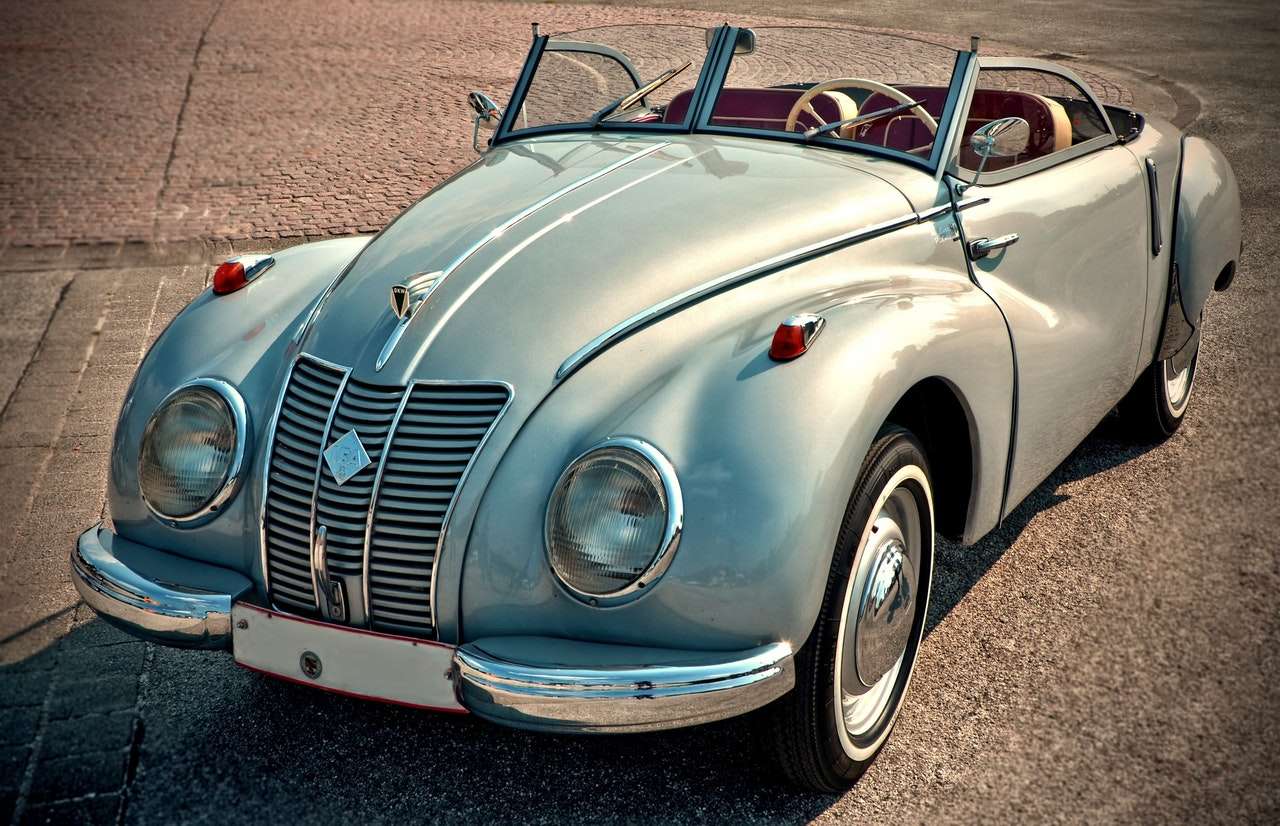
Credit: Grey Fox
⚡ The Rocketing Rise of Hire E-Bikes
These charming electric steeds began popping up mid‑2010s in China with dockless pioneers like Mobike (2015) and Ofo (2014), ballooning to millions of units in Chinese cities. By 2017–18, the concept hit Europe and the U.S.—Mobike, Jump, Lime‑E, Spin and a host of others unleashed fleets onto sidewalks in London, DC, Seattle and beyond
💸 Funding & Business Models
Venture capital fueled the frenzy—Mobike alone raised US $600 million in 2017 . Operators rely on a “£1 unlock + X pence per minute” structure (Lime‑E: £1 + 15 p/min) Some, like Forest in London, even insert ads and free-ride incentives to lure riders. But let’s be honest—most schemes are still hunting for sustainable profit amidst high costs of maintenance, recharging, and rampant vandalism .
🧍♂️ Pedestrian Peril & Accident Data
If you detest these whizzing e-bikes, you’re onto something:
- 3× more likely to collide with pedestrians than pedal bikes; 38% lead to head injuries, 2.8× higher hospitalisation risk.
- London recorded thousands of casualties involving e-bikes from 2018–2022, per Metropolitan Police
- Santa Barbara saw crashes leap from 10 (2022) → 73 (2023) → 107 (2024)—most caused by riders
- In Sydney, e-bike/scooter injuries jumped 300% in kids; battery explosions killed a rider in a Sydney house fire .
🛑 Hazardous by Design?
These beasts weigh up to 35 kg and hit ~15 mph—fast enough to mess up your day in more ways than one. The dockless, park-anywhere chaos clogs pedestrian routes, bike lanes, café terraces… you name it
Bottom Line
E-bike hires began life as eco-friendly transport heroes. Now they’ve turned into sidewalk saboteurs—funded by VC gold, surviving on per-minute fees, yet leaving a trail of near-misses and headlines. So next time one zooms past, feel free to glare—it probably deserves it.
 Top Chump gets Knighted
Top Chump gets Knighted  Socks ‘n Sandals
Socks ‘n Sandals  Who is Gaslighting Us?
Who is Gaslighting Us?  Why do modern cars all look the same?
Why do modern cars all look the same?